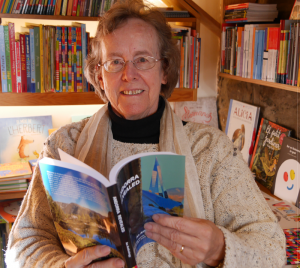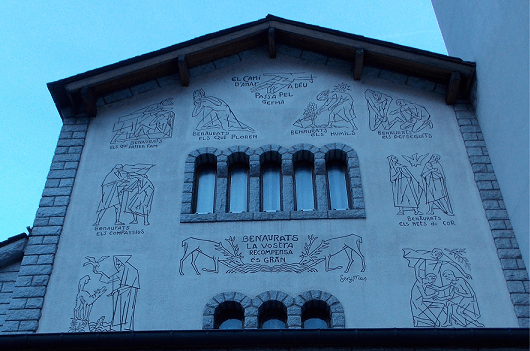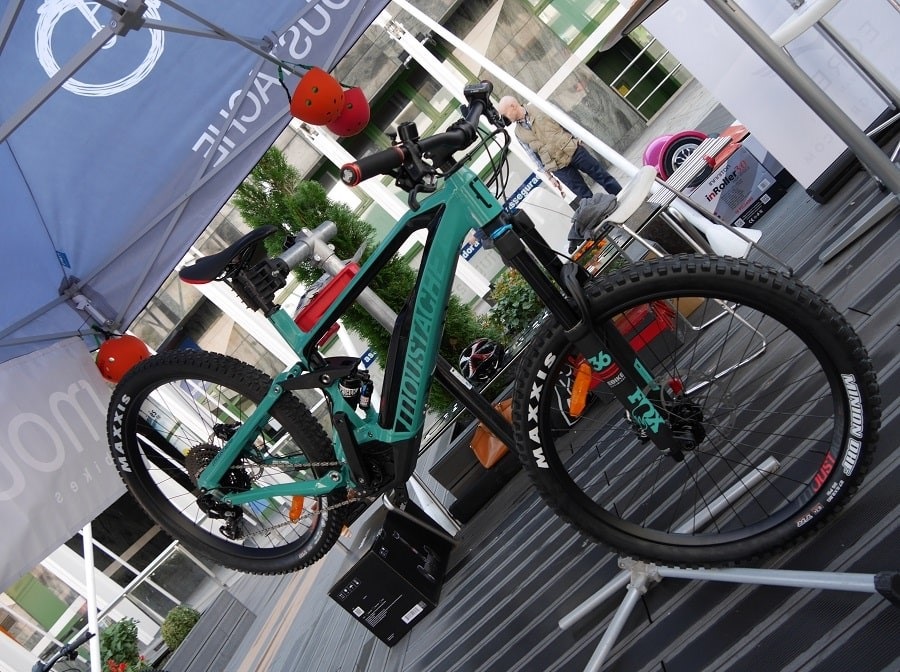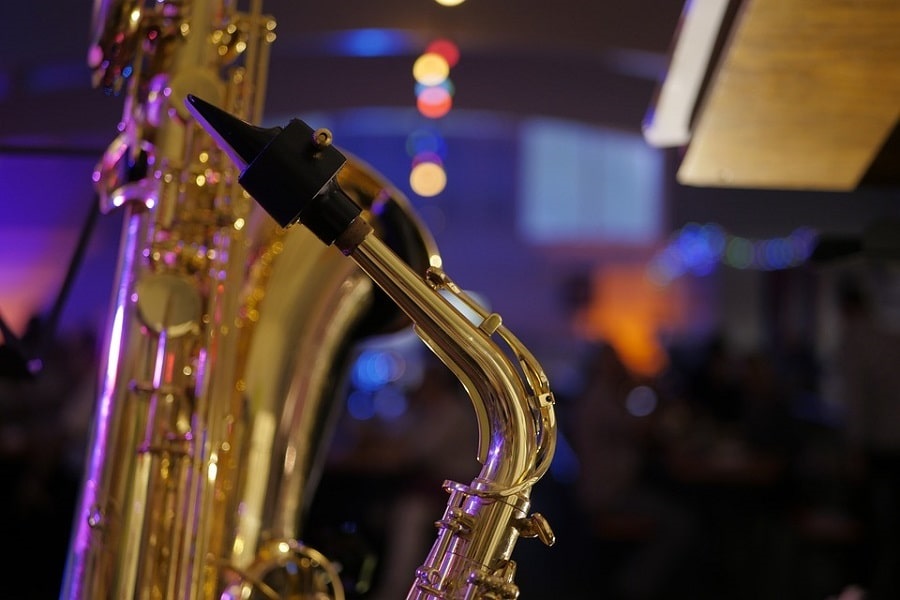CHRISTMAS TRADITIONS IN ANDORRA
DECORATIONS.
Nowadays street decorations begin to sprout from lamp posts around the beginning of December, even before the start of the ski season. More distinctive, however, are the nativity scenes or pessebres, depicting the countryside and the Bethlehem stable in which Jesus was born. Canillo holds an annual competition for the most intricate and life-like home-made scene; while the major churches have large layouts which attract children and adults alike. With moss for grass and tiny rocks for boulders, little running streams and waterfalls (and hidden electric pumps to circulate the water), camels bearing the Three Kings coming from afar, tiny stoneware jugs, the wooden manger with the minute figure of baby Jesus, each scene looks as real as possible. And crouched in there somewhere is the “caganer”.
THE CAGANER
or ‘shitter’, is a little squatting terracotta figurine with its pants down. Originally a farmer but nowadays he is as often a famous politician, a footballer, even the Pope or an Andorran ‘conseller’ – member of parliament wearing a black tricorn hat as found on the packets of ‘Conseller’ coffee. The Caganer is usually tucked away, squatting, half hidden in a corner of the traditional crib scene so the children have to really search him out . He was originally said to bring fertility and good luck.
‘CAGA TIÓ’.
So what’s all this about ‘Caga Tió’ (‘Shit log’)? As Christmas approaches you will see him all over the place. A small wooden log, usually with two legs in front, he lurks with his cheery grin and barretina hat, in the corner of shop windows or on sale at Christmas street markets. The Tió started bringing nuts to Catalan-speaking children some three hundred years before Father Christmas arrived to fill their stockings.
Originally the Caga Tió was just a large log that was brought into the home on the day of the Immaculate Conception, 8th December, and slowly fed into the fire till Christmas Eve.
Later, someone painted a smiling face on the flat end of the log, put a barretina on his head (the traditional red knitted Catalan hat) and laid a blanket over his lower back to keep him ‘warm’ at night.
The children had to take great care of Tió for he was a magic log. Every night until Christmas Eve they put out water and food for him: perhaps orange peel, potatoes or turron (nougat typically made of honey, sugar, and egg white, with toasted almonds or other nuts). Not only would the Tió log eventually bring warmth and light to the hearth but, the more they filled him up with food the more, hopefully, he would shit nuts and sweets for them on the night of Christmas Eve.
Finally the big moment arrives. Each small child is armed with a short stick. Maybe their father will take them off to the kitchen there to slightly warm their sticks in the oven; basically anything to get them out of sight of Tió where the mother quickly hides chocolates, nougat, Neules (very fine, rolled up, cigar-shaped Christmas biscuits) and other sweets and small presents under the blanket.
Once ready, the children are called back to stand around the Tió and sing to him whilst tapping him with their sticks. There are almost as many Tió songs as there are households. One goes like this:
“Caga Tió, neules i torrons, “Shit Log, neules and turrons
Si no cagues ara … If you don’t shit right now –
cop de bastó!!!. You’ll get hit with a stick.
Caga Tió!” Shit Log!”
To begin with the children tap the log quite gently but at the final “Caga Tió” they hit the log really hard and then look under the blanket to see if he has pooped sweets or small presents for them.
24th December, Christmas Eve
PARE NOEL/FATHER CHRISTMAS is welcomed into each parish in the early evening accompanied by variegated helpers: elves, gnomes etc. He usually arrives in the town’s main square and mounts onto a stage covered by some sort of regal tent. From there he receives letters of polite good wishes and requests from long queues of excited children.
(This extract is taken from Andorra Revealed, a book jam-packed with entertaining details about the country past and present. Available in bookshops and hotels and online from Amazon.)
Culturally yours,
Clare
_____________
Look for about the author of the blog Clare Allcard
See also Andorra travel guide
See also Pyrenees travel guide
See also France travel guide
See also Spain travel guide











